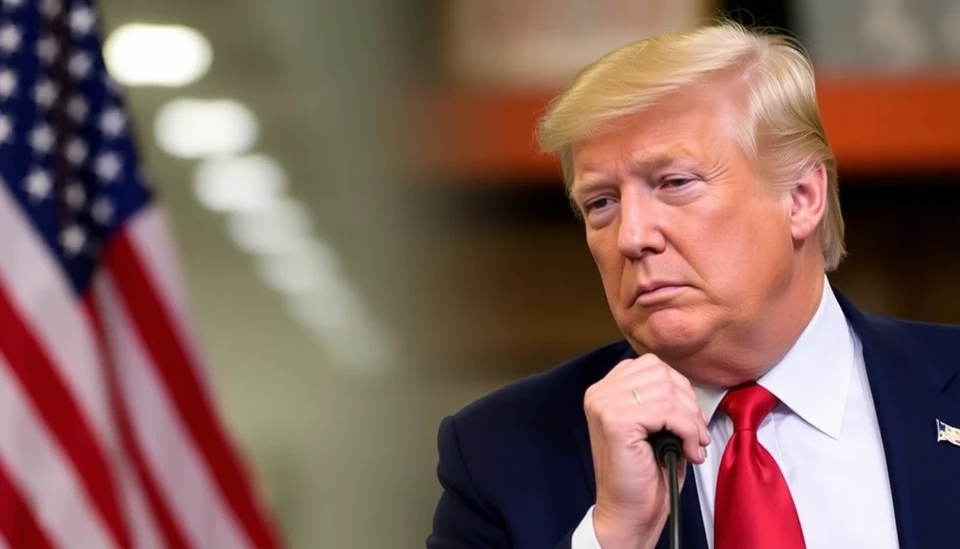
In the wake of former President Donald Trump's imposition of tariffs on Chinese goods, a significant ripple effect has disrupted the operational strategies of numerous American companies. These tariffs, initially intended to bolster domestic production, instead have provoked substantial hiring freezes and elevated production costs across various sectors.
Businesses across the country are grappling with the economic implications of the tariffs, which have been viewed as a double-edged sword. While the intention behind the tariffs was to encourage U.S. manufacturing and reduce reliance on foreign imports, many firms find themselves in a precarious position where the costs of production have surged, limiting their capacity to hire new employees. As a result, companies are reassessing their growth strategies and delaying recruitment plans amidst these evolving market conditions.
One of the primary concerns cited by industry leaders is the increase in the costs of raw materials, which has severely impacted budgets and profit margins. Many manufacturers have reported that sourcing inputs domestically has become considerably more expensive. This uptick in expenses has not only hampered production but has also forced businesses to pass on costs to consumers, leading to higher prices on everyday goods.
Several industries, particularly those reliant on imported materials, are feeling the brunt of these tariffs most acutely. For instance, the automotive and technology sectors are facing significant delays and inflated costs, prompting some companies to reconsider their supply chains entirely. In many cases, firms have opted to freeze hiring as a precautionary measure, uncertain of how these tariffs will continue to play out and affect their profitability in the long run.
Experts have pointed out that the economic landscape may continue to shift as businesses adapt to this new reality. While some companies are finding ways to innovate and streamline operations, the overall sentiment in the business community leans toward caution. The unpredictability of trade policies and the possibility of retaliatory measures from affected countries have created an environment of uncertainty.
Moreover, the ongoing situation has led to calls from various business chambers and advocacy groups for a reevaluation of the current tariff strategy. They argue that rather than fostering domestic growth, the tariffs have inadvertently stymied expansion efforts, making it critical for policymakers to consider the broader implications of such trade regulations on local economies and employment rates.
Looking ahead, it remains to be seen how long the effects of Trump's tariffs will linger in the American economy. With many businesses at a crossroads, the need for a balanced approach to trade policy has never been more apparent. The hope is that a constructive dialogue can emerge among lawmakers, industry leaders, and economic experts, creating a pathway that not only supports U.S. manufacturing but also safeguards jobs and growth in a rapidly changing global market.
#TrumpTariffs #USTariffs #BusinessImpact #HiringFreezes #ProductionCosts #TradePolicy #EconomicImpact
Author: Rachel Greene




